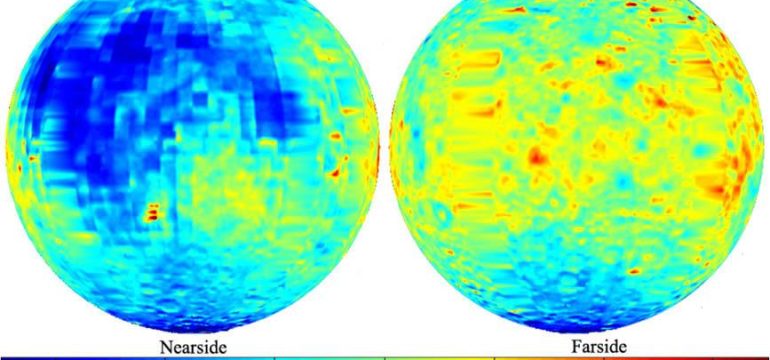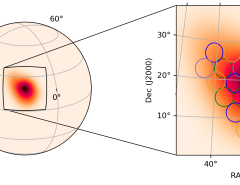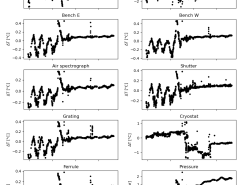Authors: Jakub Ciazela, Jaroslaw Bakala, Miroslaw Kowalinski, Bartosz Pieterek, Marek Steslicki, Marta Ciazela, Grzegorz Paslawski, Natalia Zalewska, Lukasz Sterczewski, Zaneta Szaforz, Mateusz Jozefowicz, Dariusz Marciniak, Maciej Fitt, Adam Sniadkowski, Mirosław Rataj, Tomasz Mrozek
Published on: February 04, 2024
Impact Score: 8.45
Arxiv code: Arxiv:2402.02614
Summary
- What is new: The paper introduces MIRORES, a new spectrometer for detecting lunar sulfides and oxides with high precision.
- Why this is important: Identifying lunar ores (sulfides and oxides) efficiently to support future human colonies’ sustainability and raw material sourcing for new technologies.
- What the research proposes: Proposing MIRORES, a far-IR ore spectrometer capable of detecting minimal concentrations of critical lunar ores from orbit with high resolution.
- Results: Simulation results show MIRORES can detect areas with at least 10-20% pyrite from 50 km altitude, potentially identifying large and small orebodies.
Technical Details
Technological frameworks used: Linear mixing simulations of pyrite and silicates in the far-infrared range.
Models used: Cassegrain optical system for enhanced detection capabilities.
Data used: Spectral data centered on ore mineral absorption bands.
Potential Impact
Space mining, aerospace, renewable energy sectors, and companies developing technologies for extraterrestrial resource extraction.
Want to implement this idea in a business?
We have generated a startup concept here: LunaSpec Analytics.




Leave a Reply